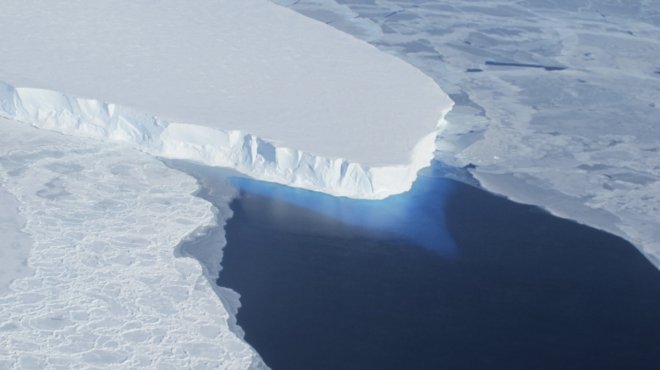
A combined study conducted by researchers at the Rutgers, Princeton and Harvard University has found that the sea level rise in this century is happening faster than we previously speculated. The study also indicated that the failure in curbing greenhouse gas emissions will result in the inundation of land that is home to more than 153 million people.
According to the new research, controlling greenhouse gas emissions in the next several years will drastically reduce the sea level rise post-2050. The research report is published in the open access AGU journal 'Earth's Future', and it clearly tells us about the vitality of combating global warming.
The possibility of rising sea levels
If the greenhouse gas emissions continue like this, the sea levels will rise somewhere around 5 feet and 9 inches by the end of this century. If an increased emission scenario takes place in the upcoming years, the sea levels may rise up to 8 feets by 2100. Earlier, it was projected that the Antarctic melt mechanisms indicated 1.6 - 3.9 feet rise by the end of 2100, but the new study shows that the sea level rise will be much more than the previous prediction.
The researchers believe that the only way to avoid this disastrous situation is by achieving the temperature targets put forward in the Paris Climate Agreement. If the target is met, then the chances of a rapid Antarctic breakdown will be pretty low. The researchers who took part in the study also questions the stability of Antarctic ice sheets.
As per Robert Kopp and DeConto, co-authors of this study, there is a large amount of uncertainty regarding the sea level rise predictions and the intensity of global warming post-2050.
153 million people at risk
If the predictions of the researchers turn true, nearly half of the US population, most probably, above 153 million will lose their land and will be under water.
"That means the time to implement the first phase of adaptation is NOW - we have a credible sea level range for that period. But we need to implement resilience flexibly while we start planning for the period beyond 2050 because projections are unlikely to narrow for the later period for a long time," said Michael Oppenheimer, co-author of this study who works at the Princeton University, Mashable reports.









